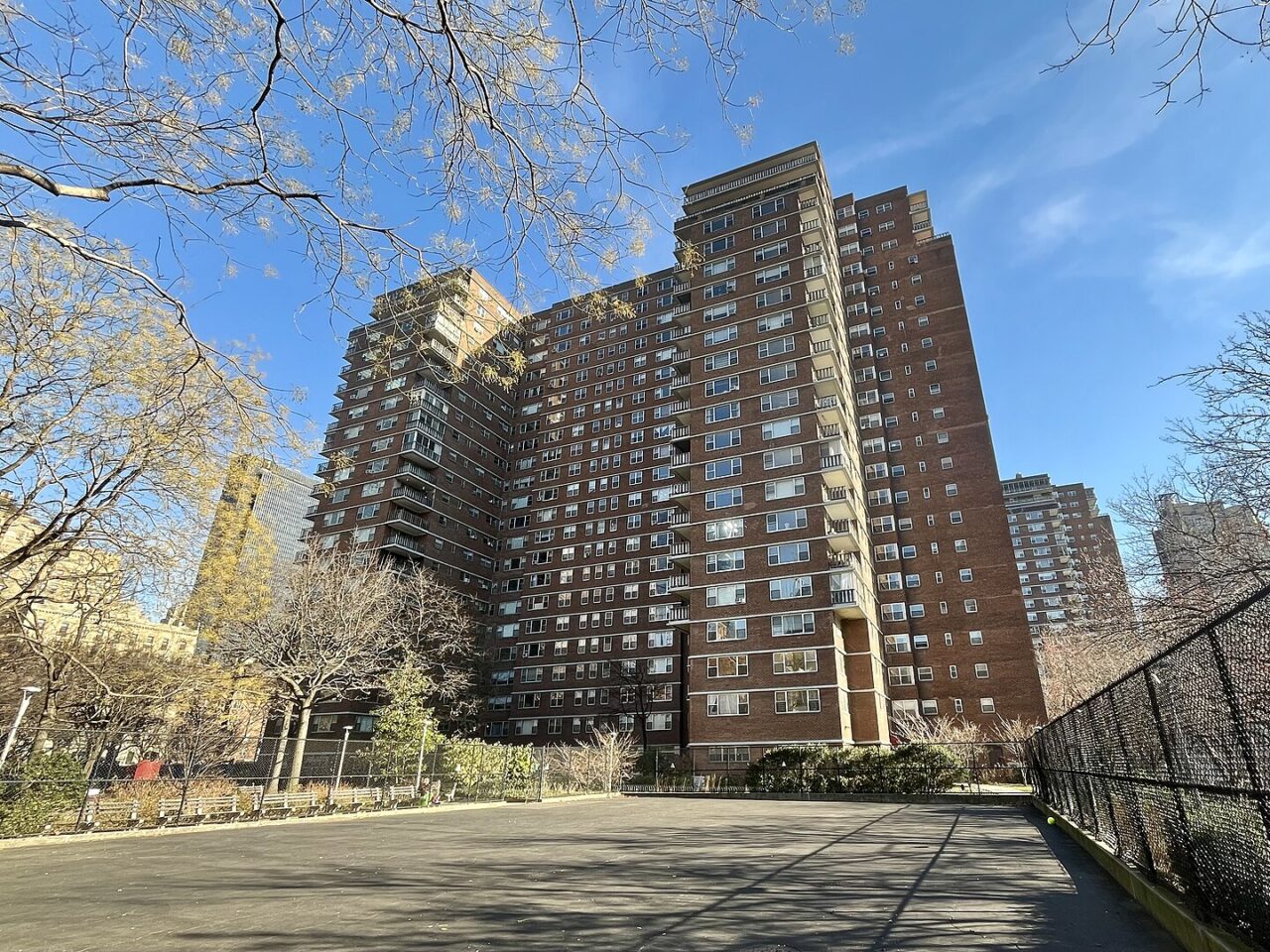Even by its own dizzying standards, New York City is in a state of flux. Ongoing political uncertainty, with Mayor Eric Adams’s administration deep in crisis, is now compounded by the return of Donald Trump. Several horrific incidents on the subway confirm the general sense of a city in a state of fear and distress. Lying beneath these tensions is, invariably, housing — the problem NYC is no closer to solving for most of its citizens, despite the unveiling of the “City of Yes” zoning initiative.
I spent August to December living across the Hudson in Newark but made frequent trips into the city, researching for a book on the life of Abraham E. Kazan and NYC’s labor-union-inspired cooperative housing. This included several visits to Chelsea, which I came to see as the neighborhood where NYC’s possible housing futures — one good, one bad — intersect.
The blocks between West 23rd Street to the south and the entrance to the Holland Tunnel to the north, bordered by Eighth Avenue and the Hudson River, present starkly different ways a city can house its people. They also represent the results of clear political choices, not simply market outcomes. At one extreme sits a model based on the private consumption of housing as a speculative commodity. At the other lies housing treated as a social need, removed from the vagaries of the market.
As one real estate slogan puts it, the “real estate capital of the world” can be found among the steel and glass towers of Hudson Yards that dominate the Midtown Hudson riverfront. The funding and policy mechanisms used to bring about this massive urban transformation are familiar, but they also provide a warning about the unforeseen consequences for a “City of Yes.” There, formerly publicly owned land has been parceled up and sold to private developers, together with the promise of rezoning to enable their profit-seeking plans to come to fruition. The phony promise of “mixed use” is…
Auteur: Glyn Robbins

